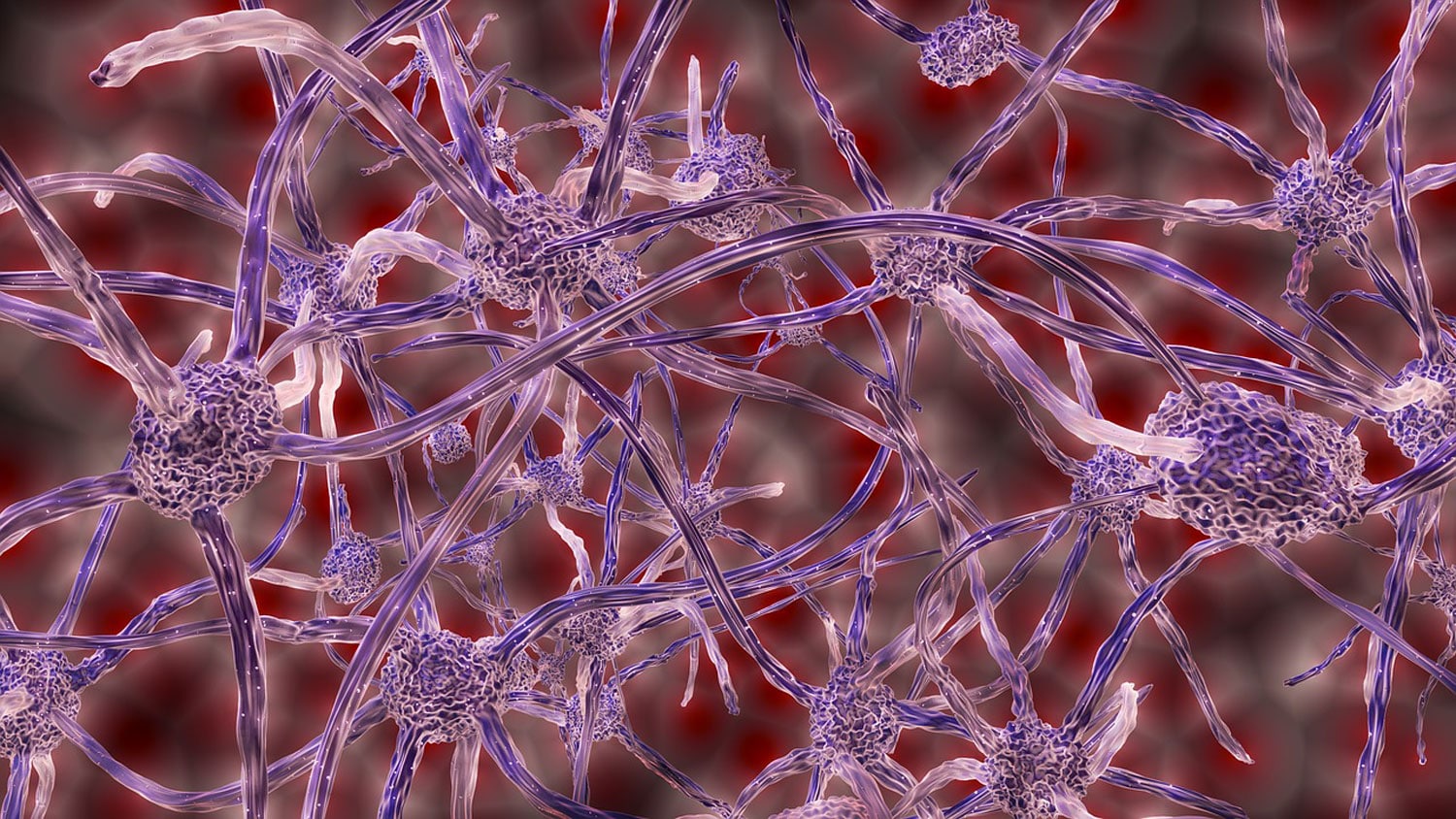Many birds regularly fly at high speeds through dense vegetation full of spaces and structures of varying sizes. Navigating these dense surroundings successfully necessitates negotiating through small spaces between obstructions.
Those birds usually bend their wings at the wrist or elbow and barrel through. But hummingbirds can’t bend their wing bones during flight. Then, how do they fly through the gaps between leaves and tangled branches?
In a new study, scientists from the University of California – Berkeley learned the secret to hummingbirds’ remarkable agility. They found that hummingbirds have developed not one but two distinct tactics of their own. These tactics weren’t documented earlier because hummers move too fast for the human eye to follow.
When they encounter slit-like spaces that are too small for their wingspan, they scooch sideways into the slit, continuously flapping their wings to maintain their height.
When it comes to smaller gaps or if the birds know what’s on the other side, they tuck their wings and coast through, flapping again as soon as they’re clear.
This idea of sideways motion with a complete reversal of the wing kinematics is very excellent; it’s something new in aperture transit. They change the amplitude of their wing beats to prevent themselves from falling vertically during the sideways scooch.
The study could help scientists improve their understanding of animal locomotion in complex environments. From an engineering point of view, it can help engineers design drones that better navigate complex environments.
For this study, scientists set up a two-sided flight arena. They were wondering how to train hummingbirds — in this case, four local Anna’s hummingbirds (Calypte anna)- to fly through a 16-square-centimeter gap in the partition separating the two sides.
They came up with a fantastic idea: On either side of the barrier, they placed flower-shaped feeders with a sip of sugar solution; however, they did not remotely refill the feeders until the bird had visited the feeder across from them. This made the birds constantly want to fly through the gap between the two feeders.

Next, using high-speed cameras to record the birds’ movements, scientists changed the aperture’s shape from oval to circular and its height, width, and diameter from 12 cm to 6 cm.
A computer program was developed to track each bird’s bill and wing tips as it approached and navigated the gap.
They found that the birds frequently hovered to examine the opening briefly before navigating it sideways. They would then flutter their wings to support their weight as they passed through the hole, extending forward with one branch and sweeping the other wing-back. After that, they turned their wings forward and continued.
The problem is that they still need to control the horizontal force that pushes them forward while maintaining weight support from both wings. And while they’re at it, the left and right wings are acting in highly strange ways.
Alternatively, the birds shot through like a bullet, sweeping their wings back and pinning them to their bodies. Once safely through, they then swept their wings forward and resumed flapping.
Robert Dudley, a professor of integrative biology at the University of California, Berkeley, and senior author of the paper, said, “They seem to do the faster method, the ballistic buzz-through when they get more acquainted with the system.”
“Only when approaching the smallest apertures, which were half a wingspan wide, would the birds automatically resort to the tuck and glide, even though they were unfamiliar with the setup.”
“Only 8% of the birds clipped their wings as they passed through the partition, although one experienced a major collision. Even then, the bird recovered quickly before successfully reattempting the maneuver and going on its way.”
First author Marc Badger, who obtained his Ph.D from UC Berkeley, said, “The ability to pick among several obstacle negotiation strategies can allow animals to squeeze through tight gaps and recover from mistakes reliably.”
Scientists are now looking forward to conducting further experiments with a sequence of different apertures to determine how birds navigate multiple obstacles.
Journal Reference:
- Marc Badger, Kathryn McClain, Ashley Smiley et al. Sideways maneuvers enable narrow aperture negotiation by free-flying hummingbirds. Journal of Experimental Biology. DOI: 10.1242/jeb.245643
Note: This article have been indexed to our site. We do not claim legitimacy, ownership or copyright of any of the content above. To see the article at original source Click Here













